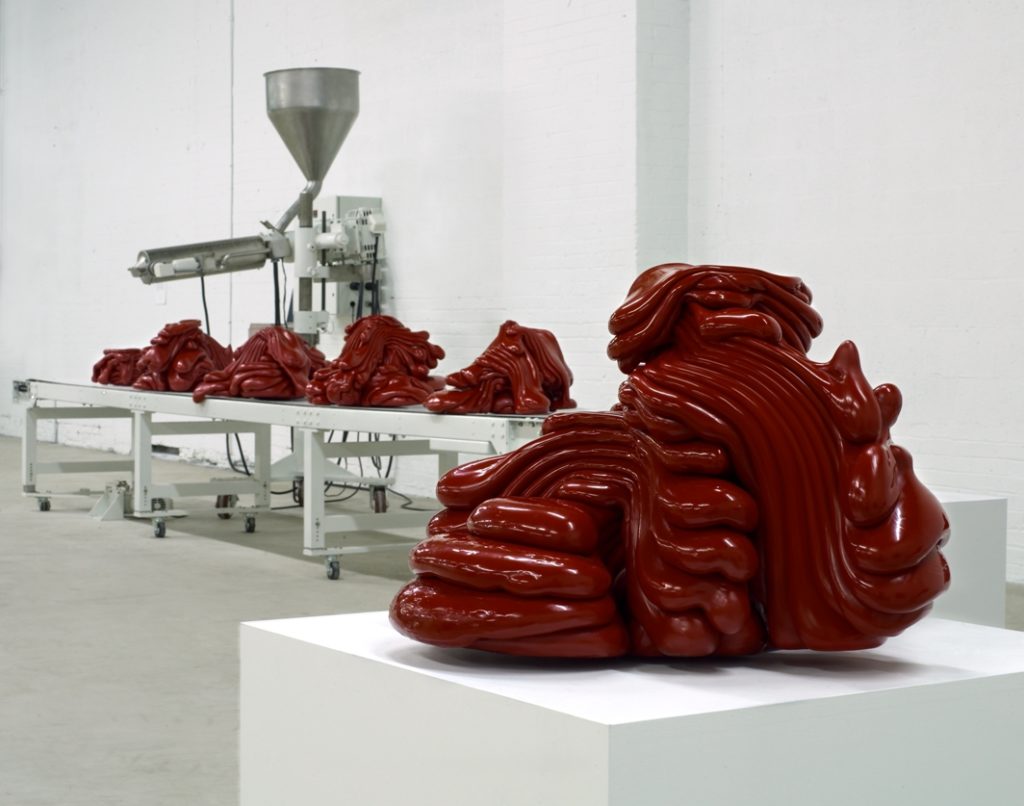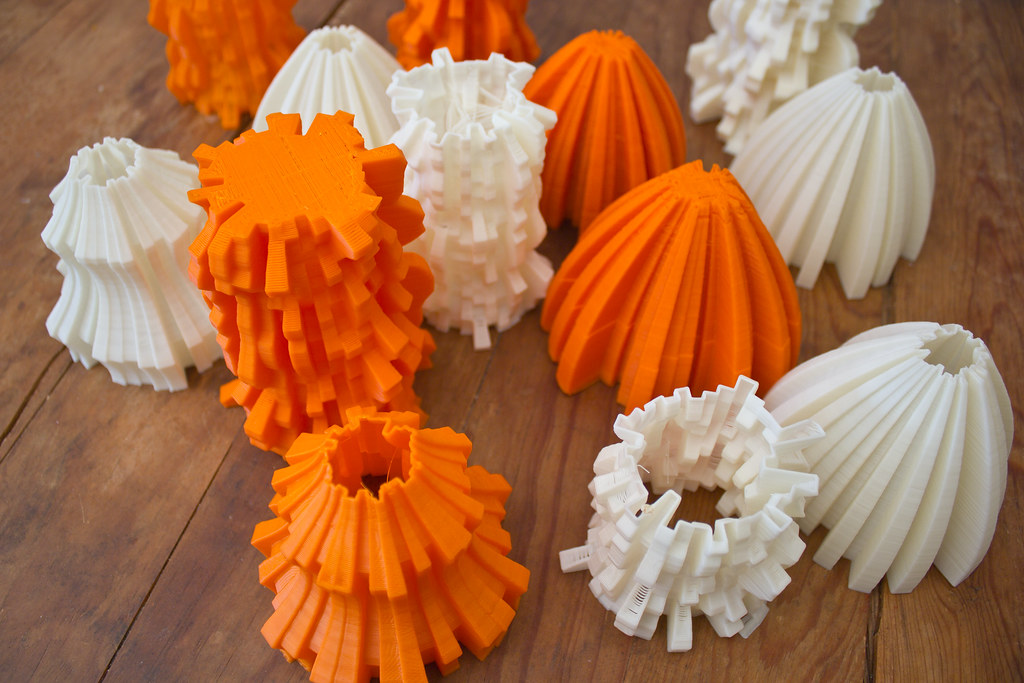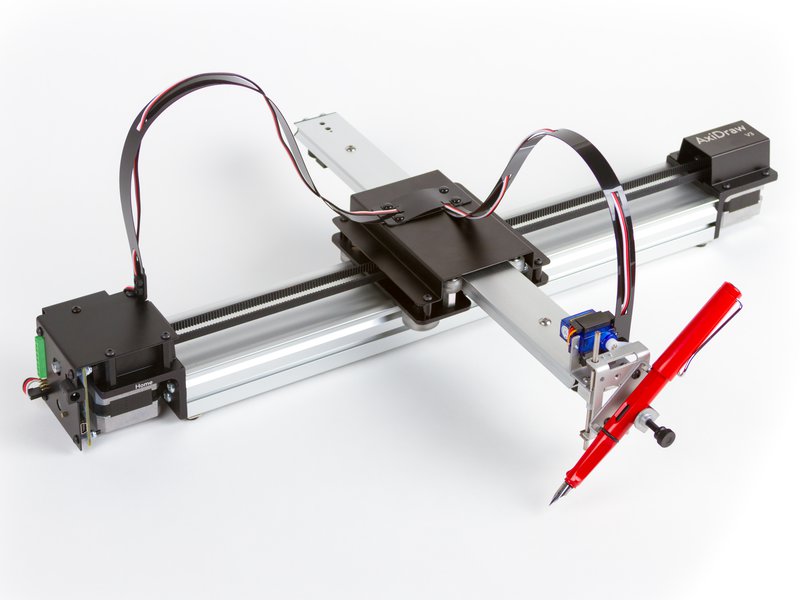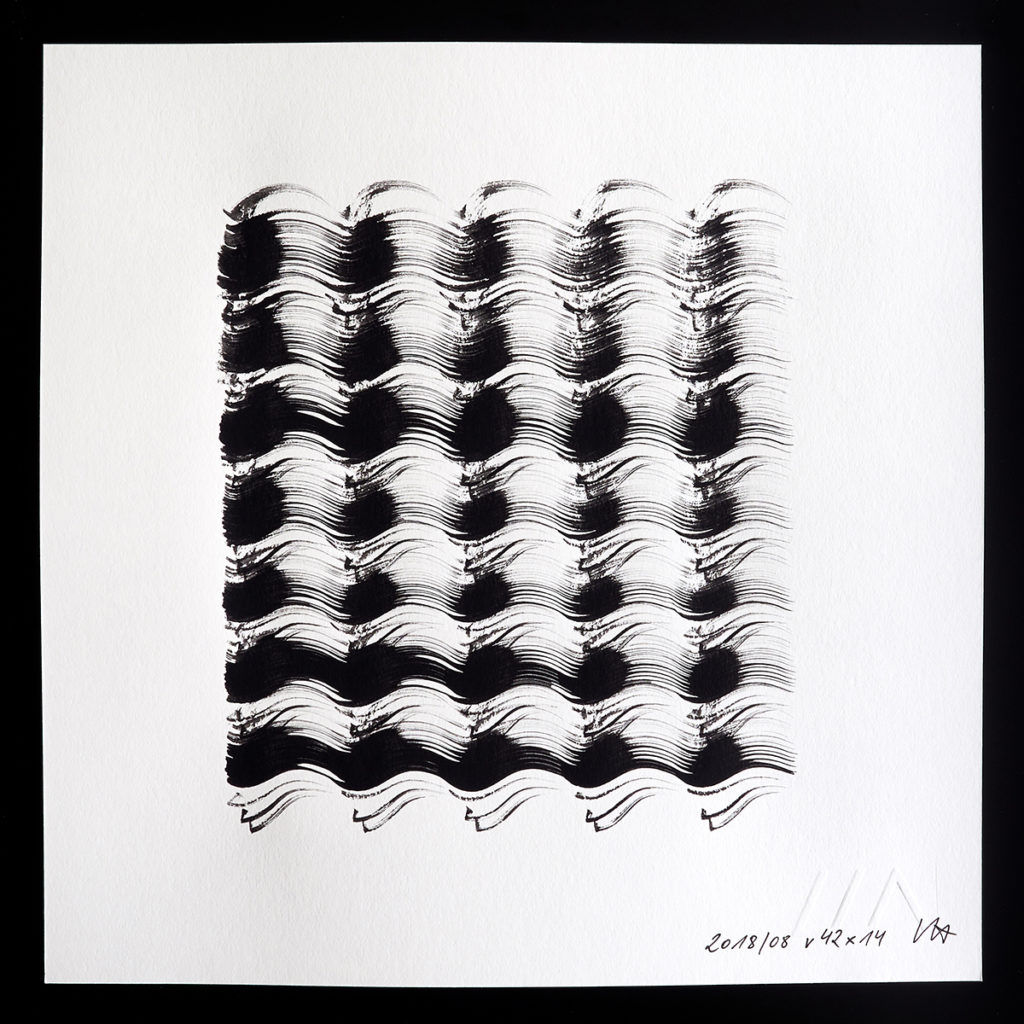Agenda:
- Melanie Hoff: Already Always Coding
- A few more generative artworks
- Introduction to WordPress
- Introduction to p5.js
- Introduction to Deliverables-02
- Examination of Deliverables-01 (time permitting)
Introduction to p5.js
Orientation to p5.js: Who, What & Why
- Lauren McCarthy’s Hello p5 (8m)
- Dan Shiffman’s trailer (1m)
- Dan Shiffman’s Coding Train
- The p5.js community statement
- The Processing Foundation
Introduction to the p5.js Tool & Ecosystem
Coding in p5.js
- setup() and draw()
- print(); width, height
- circle(), rect(); shapes in reference
- coordinates, arguments
- line(), strokeweight()
- fill(), stroke(); noFill(), noStroke()
- color, transparency; web color names
- shape layering
- drawing states: valid until changed
- random()
A few more generative artwork systems:
There is a wide range of process-based generative art and rule-based generative art that does not use code. SCUMAK by sculptor Roxy Paine, a machine that creates blobby plastic forms, is an excellent example. Each of the forms “generated” by the machine represents a negotiation between “parameters” represented by device settings and natural random forces in the physical world.

Here are computationally generated, 3D printed sculptures by Norwegian artist, Marius Watz:

- Books with generative covers
- Still Life (Morandi’s Infinite Shelf), Jason Salavon, 2009
(also see his Form Study #1, 2004)
- Mononymous OG generative artist, Lia’s mechanical plotter drawings (2018). (made using an AxiDraw plotter) —

